If you’re just joining in, this year we were inspired by Michelle Obama’s book, Becoming, our Book Club book for January, and focus on learning from women who we find inspiring and can tell us about their journey of “becoming” based on our of the month by Michelle Obama. You can read the rest of the interviews here. Stay tuned for many more each month.
This month I’m pleased to introduce you to designer and art director, Erin Jang of Indigo Bunting. You may not have realized it, but you have definitely seen her touch on publications like Martha Stewart (back in the day! I knew every page!), The New York Times, Color Factory and more. Her work is thoughtful and clever, cohesive and highly edited. I look to her work as a pinnacle of taste. On a more personal note, I’ve been lucky to meet her in person and she’s a genuine and kind individual who lifts everyone around her. A true breath of fresh air. I’m so glad to learn more from her today. Take notes, she’s got some great advice!
- What do you consider yourself? Example: Artist, designer, illustrator, maker, business person etc.?
Designer, illustrator, art director… someone who likes to work on many different creative projects and wear many different hats. (I leave job titles off my business card for this reason!)
2. Who helped you “become” who you are?
This is hard to answer, because I believe everyone in my life is teaching me something important. But family has shaped me the most. These are some of the valuable things they’ve taught me:
My father: determination, a do-it-yourself attitude, a love for adventure. My mother: devotion, a selfless care for others. My sister: quiet strength. My grandmothers: resilience, faith, the value of hospitality. My husband: soul, steadfastness, joie de vivre, unconditional love. My children: joy, play, how to let things go and be quick to forgive. My in-laws: generosity and humility.
- What’s a piece of advice that you’ve carried with you and who is it from?
I’ve always loved these words: “Do small things with great love.” It sums up the way I try to approach work, family, life, just about everything.
- Do you feel like you’ve arrived at what you set out to do?
I don’t approach work with an ambition to meet certain career milestones or achievements. What matters to me is making interesting work, working with good people and good ideas, staying curious, and creating things that might bring joy to others and foster connection. That, to me, is a never-ending creative process.
- What more would you like to “become”?
If I think about what more I’d like to become, it’s the same stuff I talk about with my kids and hope is cultivated in them. More patience and grace for others, and myself. More gratitude and courage, less complaining and self-pity. Less fear, more faith. Less noise and stuff, more listening to what’s important in this life. Less comparing and looking at what other people have, more looking out to the world and considering what can be given. More grit and getting back up again. More creativity, curiosity and care.
A while back, my son and I read a book about Malala Yousafzai and came across this quote about being “a ladder, a lifeboat, a lamp” for another person. That picture of becoming has stayed with me since. How well-lived a life would be, if one could be those three things for others (even in the smallest ways), throughout a lifetime.
- Do you like collaborating with other people or working on your own?
I usually enjoy the focus and quiet that comes from working alone, making things, experimenting, and putting my head down to figure out an idea or solution to a project. But collaborations are exciting and rewarding — it’s the best feeling when the right mix of people connect and there is that synergy of creativity, ideas and talent, along with the devotion to making the end thing smarter, better, and more beautiful.
- Color Factory made a big splash this past year. What was your involvement with it? What was your favorite part in working on it? And the most challenging?
Color Factory’s founder, Jordan Ferney, brought me on as Art Director for the SF and NYC exhibits to help conceptualize the spaces, curate the roster of artists and collaborators, and create designs for every visual component, from the logo, website, and building exterior down to the smallest printed card, button, wall text, etc. Much thought and attention went into all the design details.
My favorite part was creating a mural in SF’s Chinatown, illustrating the Asian flavors most meaningful to my family, and working on Manhattan Color Walk, a public art installation at Cooper Hewitt Smithsonian Design Museum.
I also loved working closely with Creative Director Leah Rosenberg; we had never met before Color Factory, and creatively, she is my kindred spirit. We had the rare opportunity to showcase artists and writers whose work we’ve long admired, like Lakwena, Andrew Kuo, Won McIntosh, Emmanuelle Mouereaux, Tamara Shopsin, James Rosa of LAND, and so many others. I’m grateful that Jordan allowed this ambitious project to become something different — something with heart and generosity — and for the value that was placed on partnering with nonprofits and charities in a meaningful way.
The hardest part, which is true for every large-scale project with a wide audience, is letting go after your contribution to the creative work is done. There will always be some visitors who might rush through, head buried in their phone, missing all the nuanced special details; but then there will also be those who take the time, make the connections, fall in love with the artists and nonprofits we wanted to shine a light on, and see the ideas behind the surface.
- What are you most proud of in your career?
I honestly am just so grateful I get to do creative work for a living. It’s not lost on me what a privilege and gift that is.
- What did you study? Did you go to school specifically for what you do?
I didn’t go to art school, and wasn’t sure what I wanted to do entering college (I debated between Johns Hopkins for medicine and MIT for architecture, so that tells you how absolutely clueless I was!). I ended up at Boston University on a full scholarship, and spent my first year unsure and a bit regretful of my choice. But soon, I found my footing, studied journalism, and figured things out. I look back now and am filled with gratitude for that gift, to be able to graduate with almost no debt. It afforded me so much freedom. While I didn’t major in art or design, I loved studying journalism and it gave me the skills I needed to find a job in media. My “design degree” came from working, interning, and learning on the job.
- How did you get started in your field doing what you do?
I spent my college summer breaks interning at newspapers, and during the school year I tried to get whatever paid illustration and design jobs I could, sometimes drawing little doodles for $50 for the free local tabloids in Boston. After graduating I got a job designing for the Boston Globe newspaper, and then the Seattle Times (which was a special place because they hired staff illustrators! My job was to illustrate and design the weekly entertainment section cover; this was essentially my art school). I moved to New York City and my first job was a design position at Rachael Ray’s food magazine. I wanted to do more conceptual editorial work, so I built up my portfolio, and sent a cold email to the creative director at Esquire magazine. He took a chance on me and offered me a job. After several years there, I worked at Martha Stewart Living as an art director, learning from the best. This whole time I was working on side projects in the evenings and creating design work for clients. When I was pregnant with my first child, I decided to step down from full-time art direction and start my own studio so I could take on a wider range of projects, and have more control over my work schedule with a family. It was terrifying at first, but ended up being the best decision.
- Your work is so expansive and you work on many different projects. How do you decide what type of work to take on and what type of medium to work in?
Most of the time, projects come to me. I’ve been lucky to be approached by companies to design a toy, or kids’ bedding, or stationery. I love these collaborations, because I have so many ideas in my head, and a long list of things I want to make, but no desire or bandwidth to handle production and enter that arena of business. I like working on a wide scope of design projects, from magazines, to books, branding, products, and exhibit design. Depending on the context of the job, I’ll decide the best way to approach it. It might mean one day I am making an illustration using paper or food; other times, I might strictly be on my computer. Though the projects vary, I approach them with the same graphic aesthetic and editorial sensibility, with play, color, and craft the running themes throughout the work.
- Did you always have an ultimate plan?
Definitely not. I love this magnet on my friend’s fridge: The plan is to have no plan. Haha.
- How did your childhood influence what you have become?
My parents immigrated to the states right before I was born. Growing up, I understood how hard my parents worked to provide opportunities for us. I was a latchkey kid and learned to be self-sufficient at a young age. I packed my own school lunches (and my dad’s!) when my mom had to work night shifts at the post office, and cobbled together my own homemade Halloween costumes. As a kid I loved art and making things for people (but never had any legit craft supplies or lessons), so I was always super scrappy and creative, making over-the-top school projects using random things I’d find at home, or practicing drawing by looking at books I found at the library. It’s funny because even as a child I loved thinking about special moments — I hid little notes in my dad’s jacket for him to find when he’d travel for work, and forced a celebration on my parents (complete with Jiffy muffins and a card made in Microsoft Paint) when they didn’t even realize it was their wedding anniversary. As soon as I was able, I started working and I cherished that kind of independence (even though all the jobs I had were pretty terrible!). My childhood helped me learn how to work hard, be self-motivated and take care of others, and be creative, making something out of nothing.
- What piece of advice would you give to someone starting out in a creative field?
Try to not get caught up looking at what other people are doing and wondering why you don’t have the same opportunities. Instead, put your head down and work and make something really interesting. Create your very best. I love what Sister Corita Kent said: “The only rule is work. If you work, it will lead to something. It’s the people who do all of the work all of the time who eventually catch onto things.”
My friend, designer Andrew Neyer, also said this in a talk recently — skip the elevator and take the stairs. So true! These days the internet can make creative work look so easy, and place value on shortcuts, followers and fame. But anything really of value, anything truly brilliant, lasting, and worth respect, requires a lot of work and practice and patience; it’s never this straight ride to the top. So, starting out, always do the task (as mundane or trivial as it may be, like designing the thing that nobody ever wants to design) with great care and passion, and turn that lame project into gold. Over time, all those little steps can move you in the direction of the work you really want to do.
- Did you have anyone along the way that was instrumental in the trajectory of your life?
In high school, I attended a free journalism camp for minority students. Seattle Times staff mentored us and taught us how to report stories, take photographs, and design our own newspaper. One of the art directors, who was female and Asian American, encouraged me to apply for a paid news design internship once I got to college. I had no other example of a successful Asian woman in design or media—other than Connie Chung reporting the news on TV—so it meant a lot to have someone give me confidence and practical advice. (If she hadn’t told me that paid internship existed, I would have never known to even look for it, and without that experience, I doubt I’d have been able to enter the field). I look back and have tremendous appreciation for that program and the teachers, and how students like myself were given the chance to be exposed to a career that otherwise felt out of reach.
- What’s coming up for you in 2019?
A mix of things. Magazine and illustration work, something fun for kids out this fall, a project with Abrams published next year, and a couple other things to hopefully share more about later. Also, I’m training with my husband to climb Mt. Rainier this summer (but it is proving to be really hard with work and two kids…wish me luck!).
- Where do you live? How does that influence your work?
I live in Manhattan. I love the energy, creativity and diversity of New York City and the endless inspiration I find walking and biking everywhere or riding the subway. On the flip side, there are days it can feel really tough/expensive/stressful living here, with the demands of work, raising young children, arranging childcare and juggling many things. But our family is making it work — we’re a good team — and we have a loving community of friends here that I’m thankful for.
- What’s inspiring you lately?
Here’s an assortment of things inspiring me right now:
- The monthly New York Times Kids’ section, wonderfully art directed and illustrated (If you are not already subscribing on the weekends, you really should!)
- Oskar Schlemmer’s Bauhaus ballet (the insane costumes!)
- Re-reading Perverse Optimist (a book on Tibor Kalman’s genius design work)
- The Slowdown, a poetry podcast
- The colors in Nikole Herriott’s photographs
- This Creative Mornings talk, on generosity as a medium in art
- I haven’t been, but I’m inspired by the way this restaurant is elevating Korean food (and Korean artists)
You can find Erin at the following:
Indigo Bunting portfolio
Erin on Instagram
Designs for Paperless Post (what we used for Jasper’s first birthday party invitations!)
Make & Give craft book (a genius craft book–one of my favorites!)
Thank you Erin, for your wonderful insight. Stay tuned for more inspiring interviews. And click here to read more from the archives.



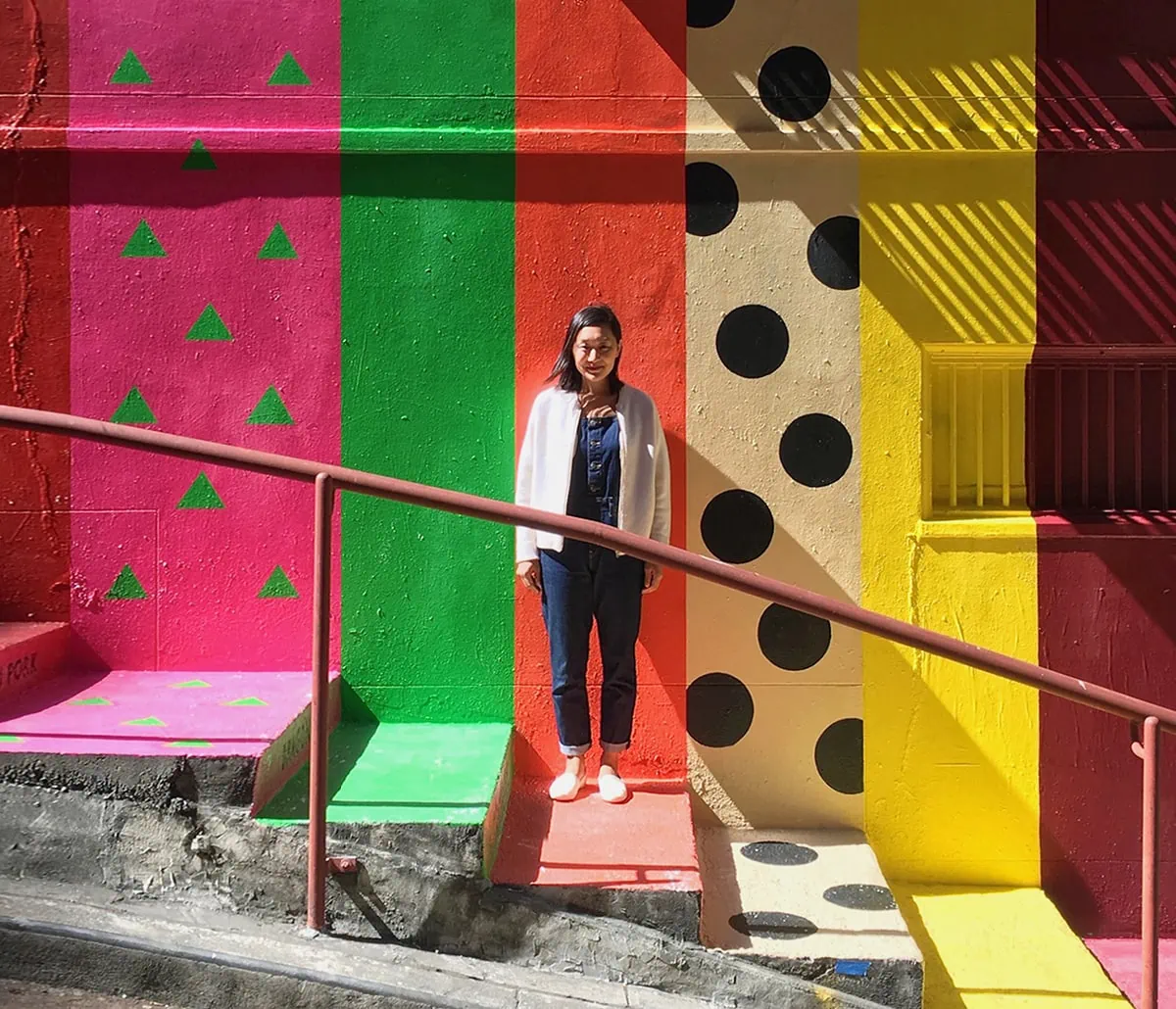
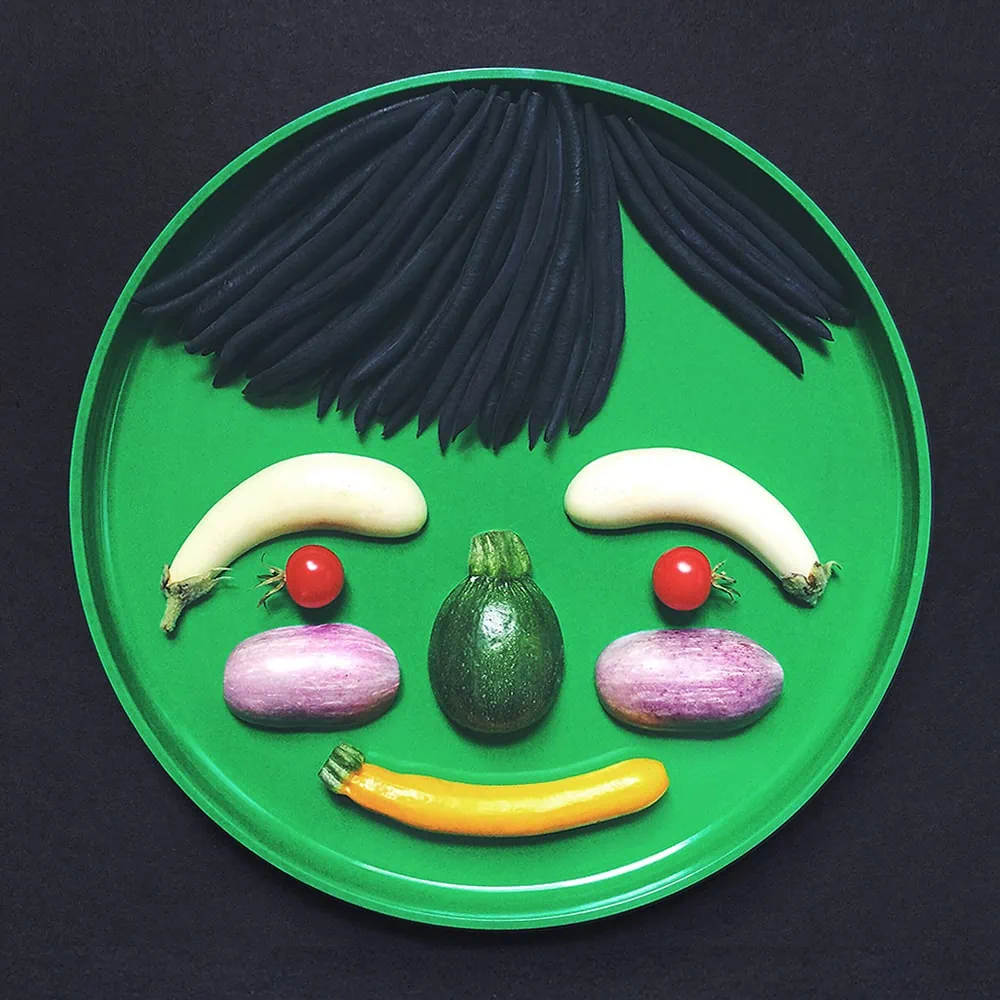
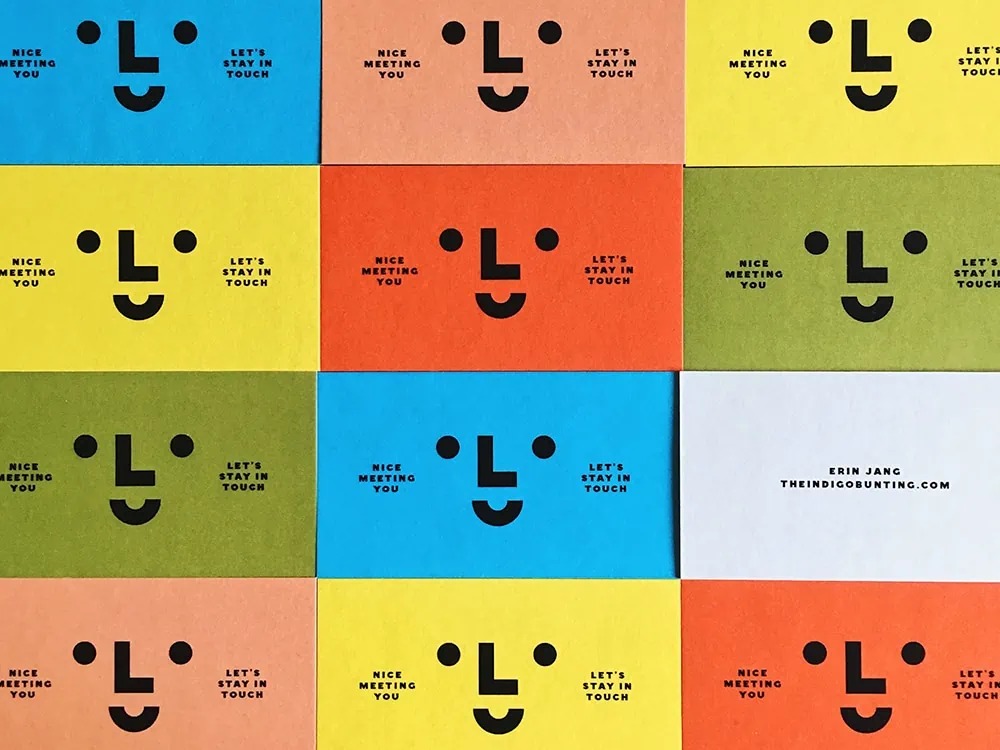
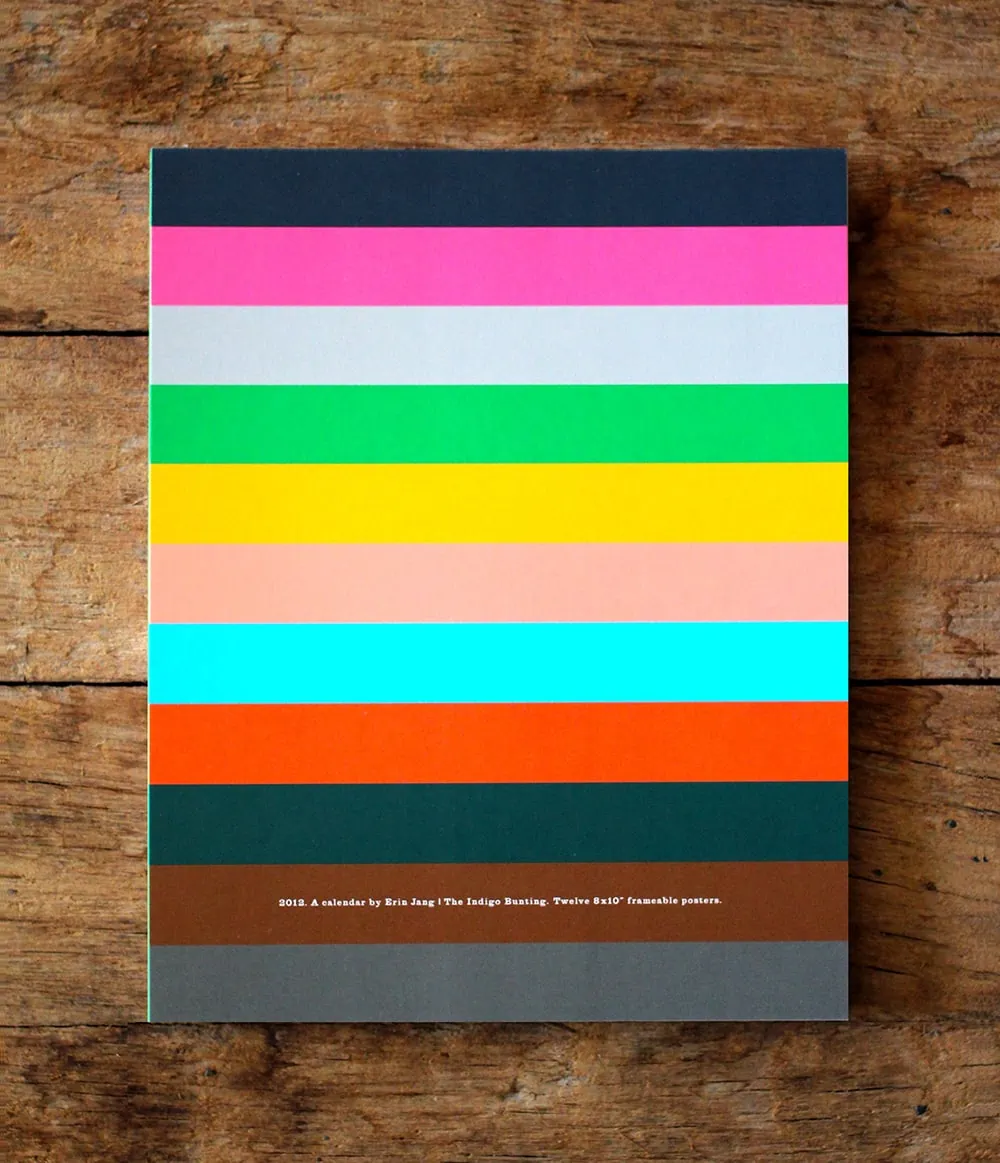
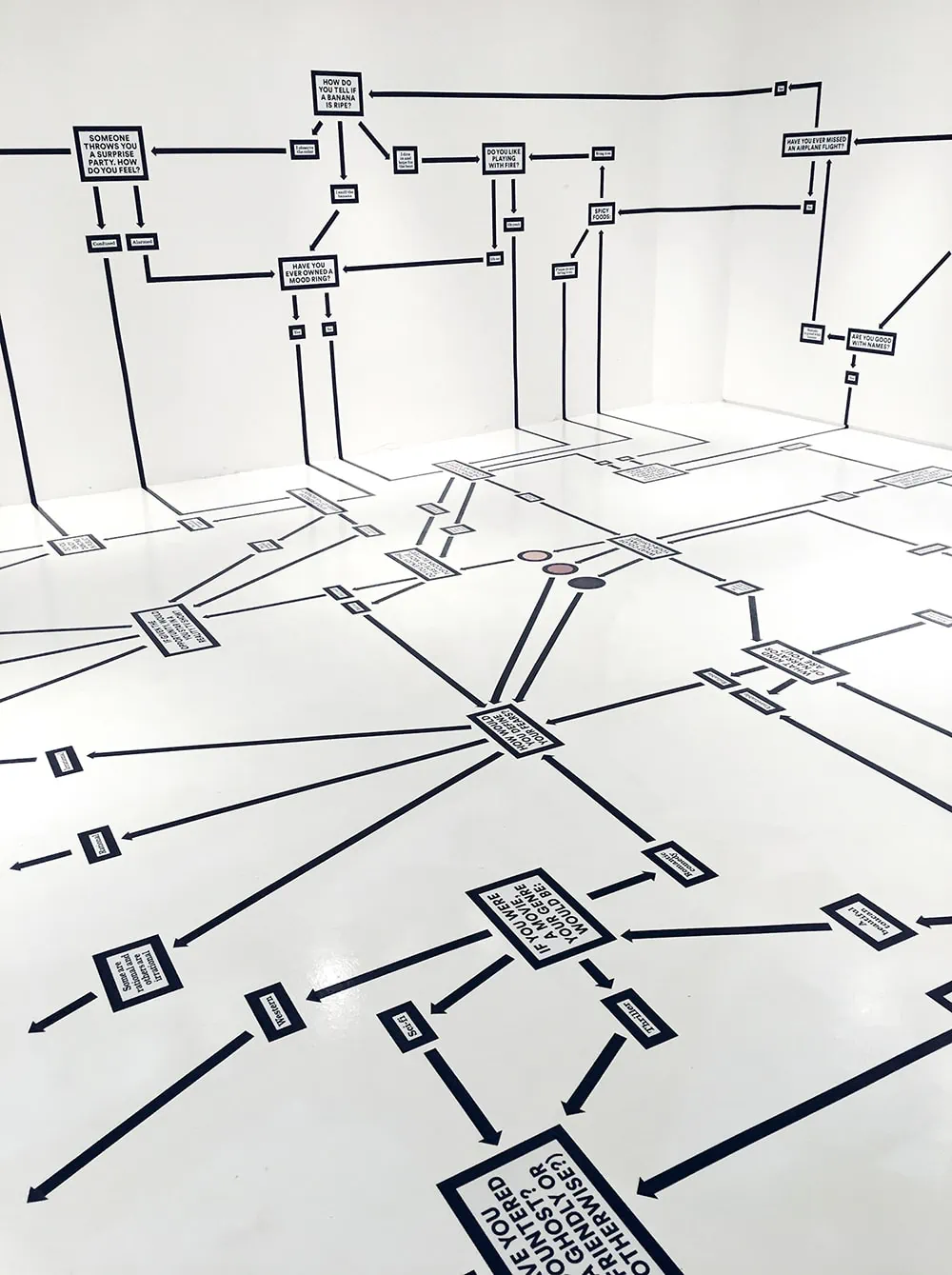
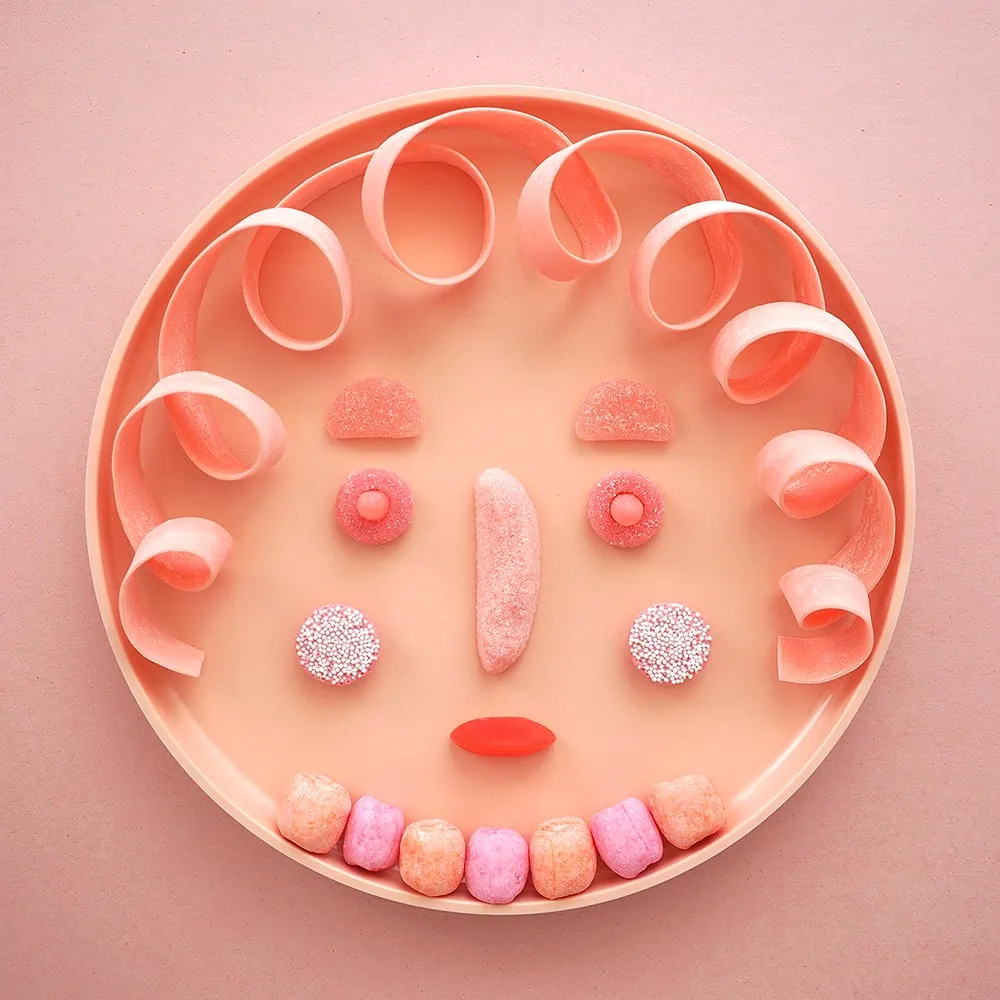
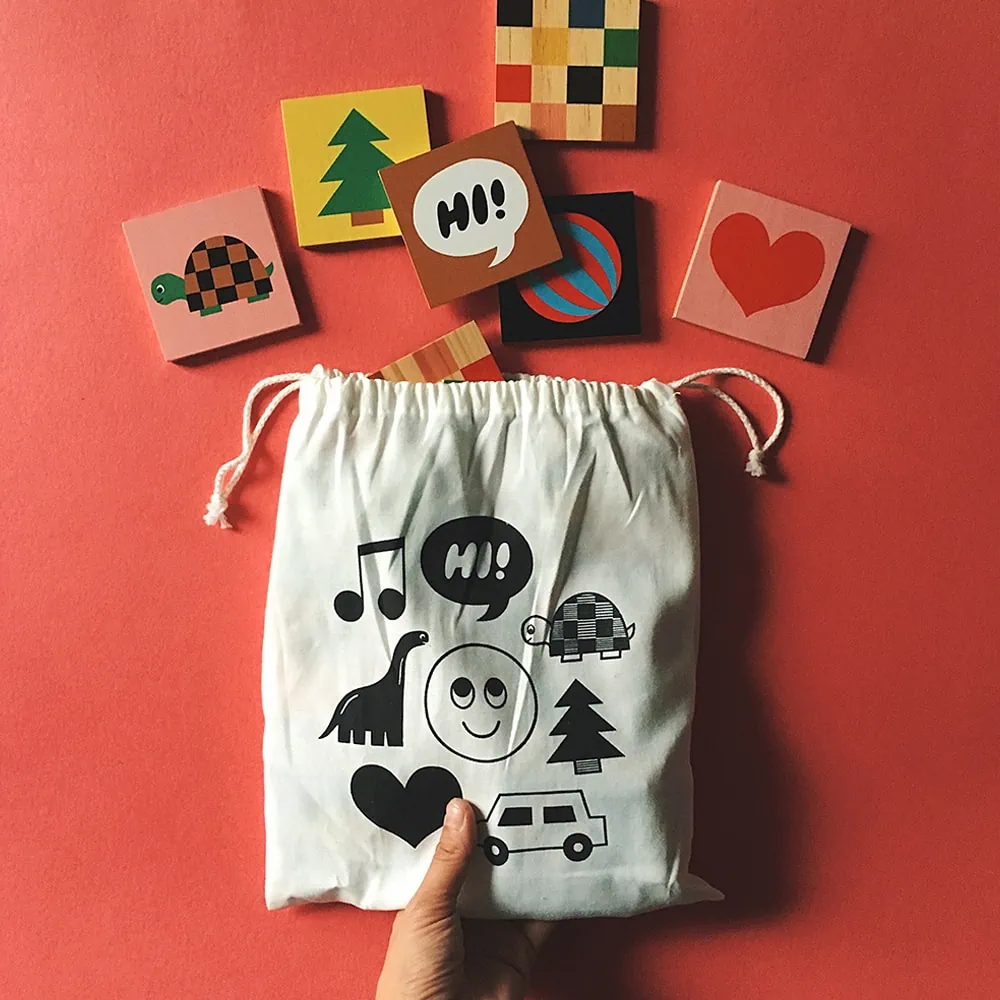
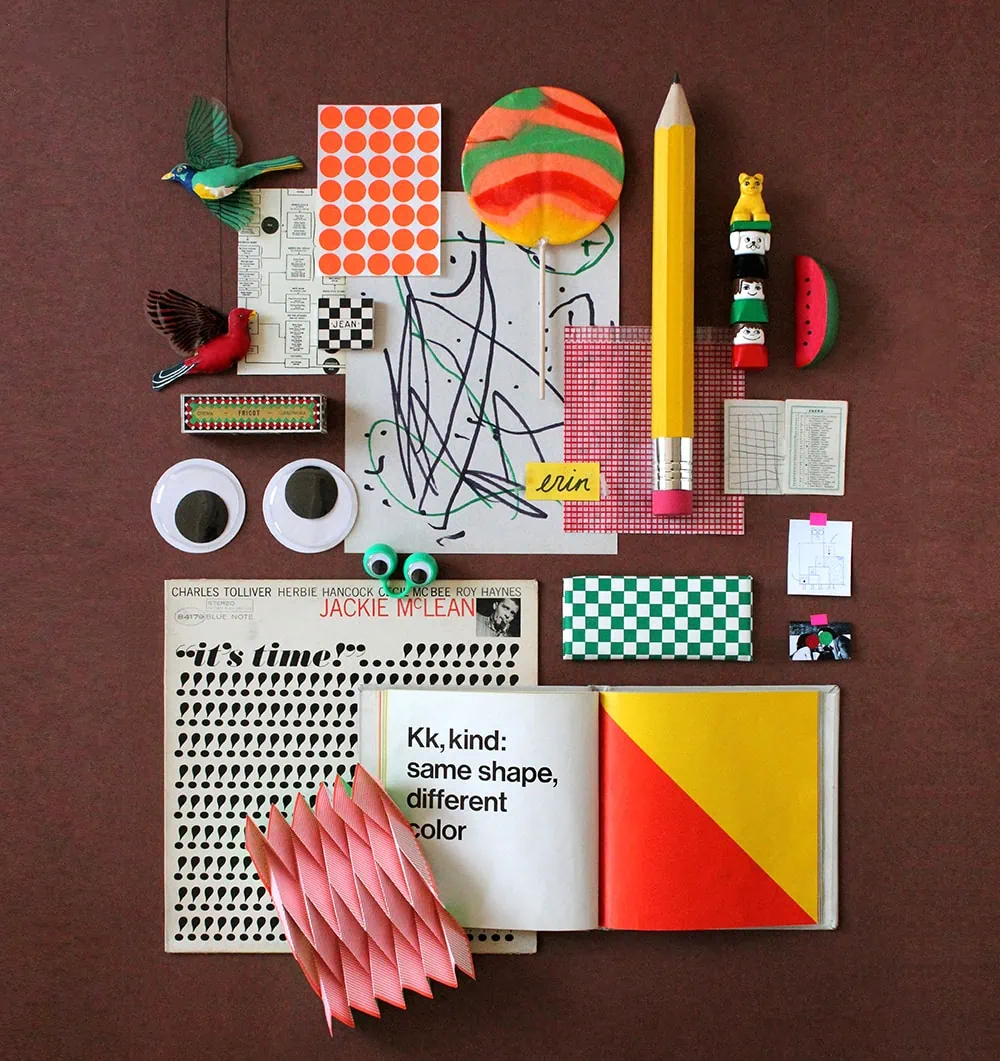
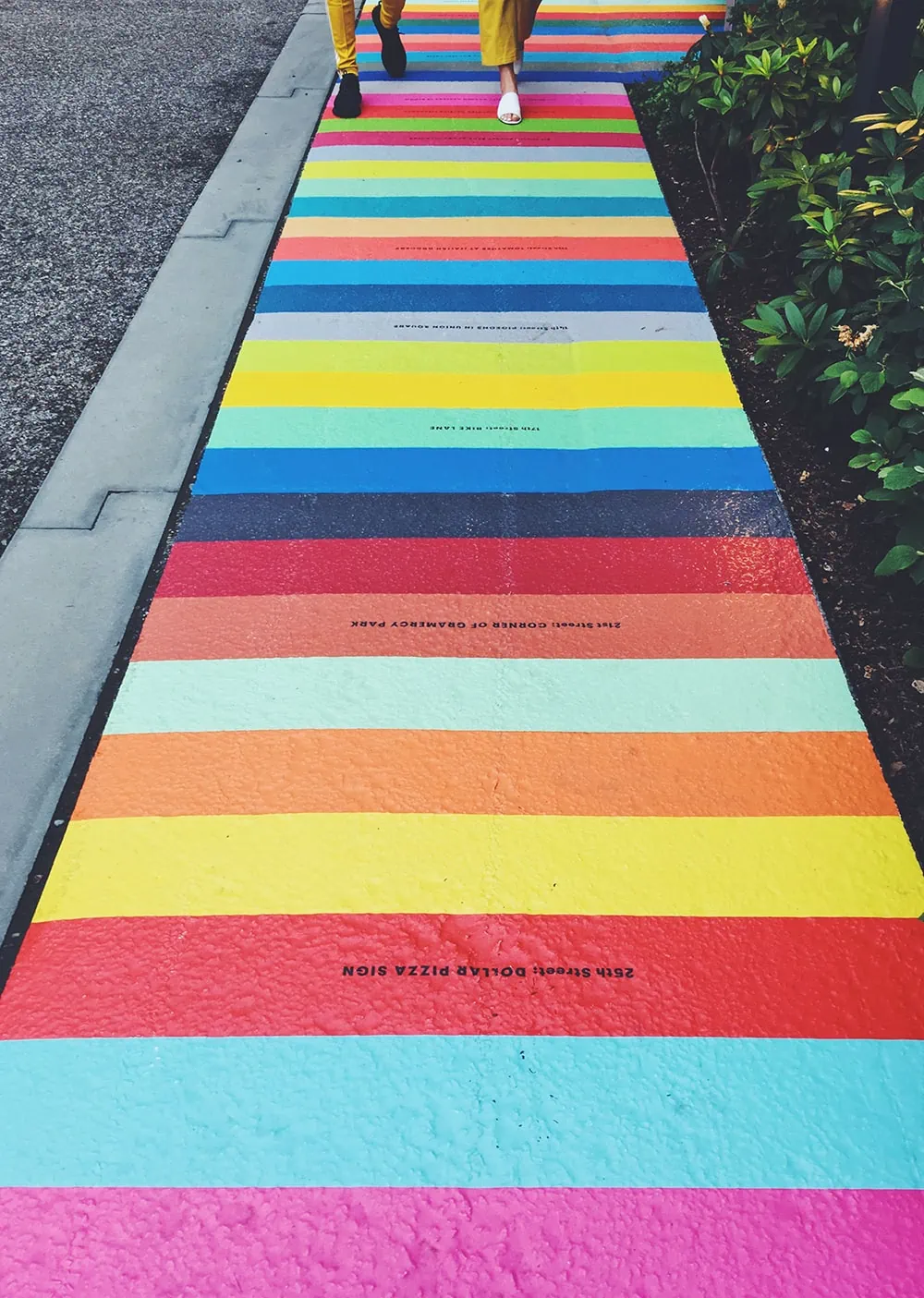
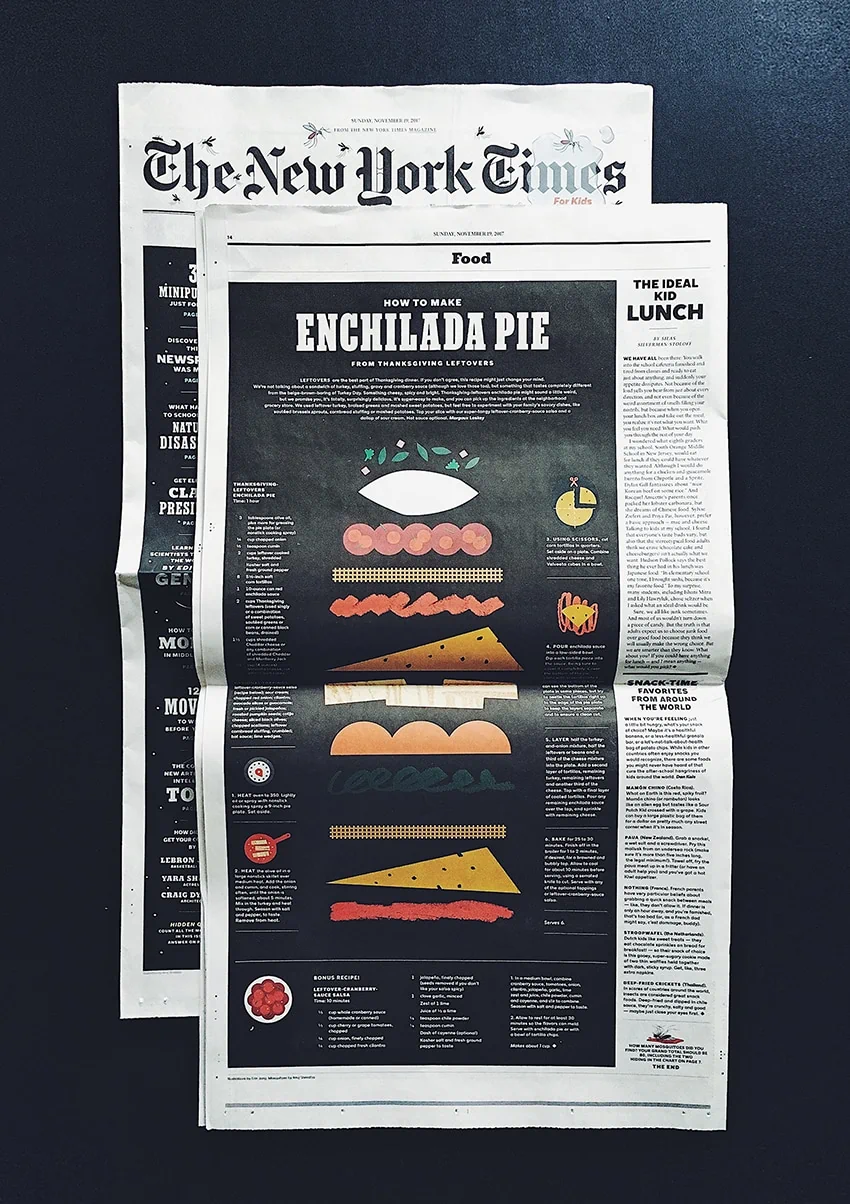
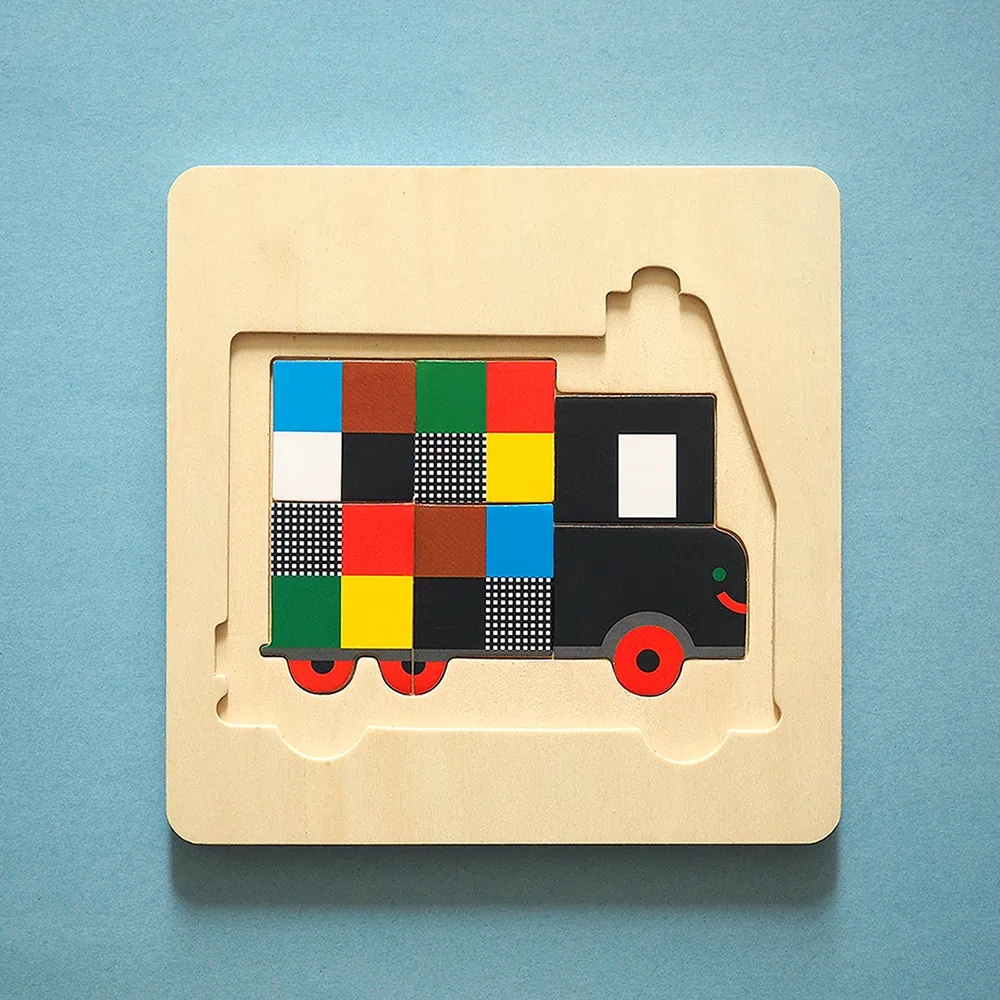
Comments